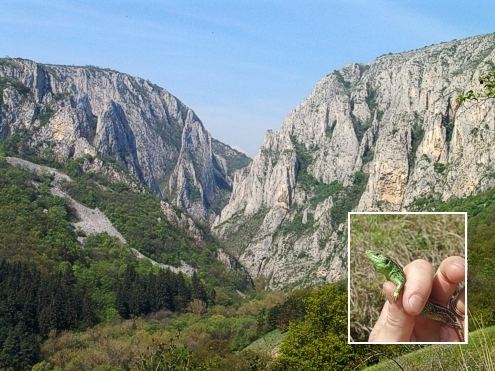 | ||
Similar Scărișoara Cave, Bears' Cave, Vlegyásza‑hegység, Fortress of Ponor, Southern Carpathians | ||
The Apuseni Mountains (Romanian: Munții Apuseni, Hungarian: Erdélyi-középhegység) is a mountain range in Transylvania, Romania, which belongs to the Western Romanian Carpathians, also called Occidentali in Romanian. Their name translates from Romanian as Mountains "of the sunset" i.e. "western". The highest peak is Cucurbăta Mare (Hungarian: Nagy-Bihar) at 1849 metres, also called Bihor Peak. The Apuseni Mountains have about 400 caves.
Contents
- Map of Apuseni Mountains Romania
- Carpathian s adventures moto advenures in apuseni mountains romania
- GeographyEdit
- BoundariesEdit
- SubdivisionsEdit
- References
Map of Apuseni Mountains, Romania
Carpathian s adventures moto advenures in apuseni mountains romania
GeographyEdit
The Apuseni Mountains do not present an uninterrupted chain of mountains, but possess many low and easy passes towards the Crișana and the Great Hungarian Plain. Going from south to north the principal groups are: the Munții Metaliferi ("Ore Mountains") with the basaltic masses of the Detunata (1,148 metres (3,766 ft)) near Abrud; the Bihor Mountains, with romantic scenery and numerous caverns, with the highest peak the Curcubăta Mare (1,843 metres (6,047 ft)); to the east of this group are the Muntele Mare (highest peak 1,820 metres (5,970 ft)), to the southwest of Cluj-Napoca; the northernmost chain is the Seș and Meseș Mountains.
BoundariesEdit
SubdivisionsEdit
Criş Mountains (Munţii Crişului, Hungarian: Körös-menti hegyvidék) :
Seş-Meseş Mountains (Munţii Seş-Meseşului):
Bihor Massif (Masivul Bihor, Hungarian: Bihari-havasok):
Mureş Mountains (Munţii Mureşului, Hungarian: Marosmenti-hegyvidék):
